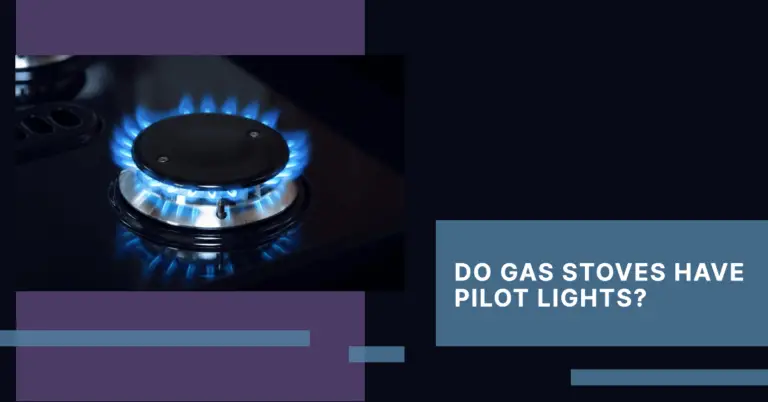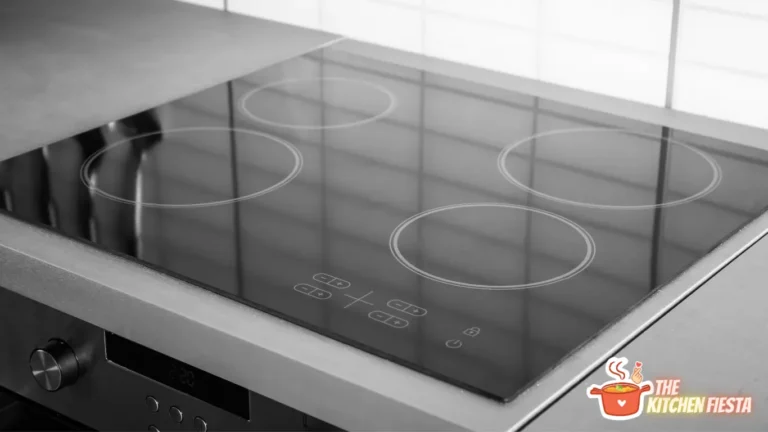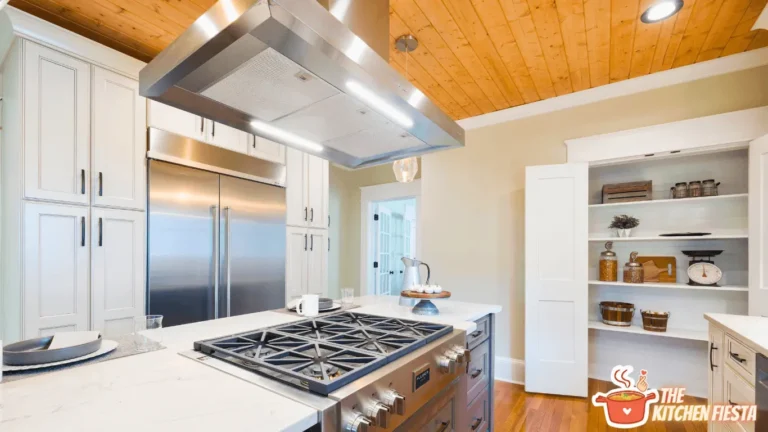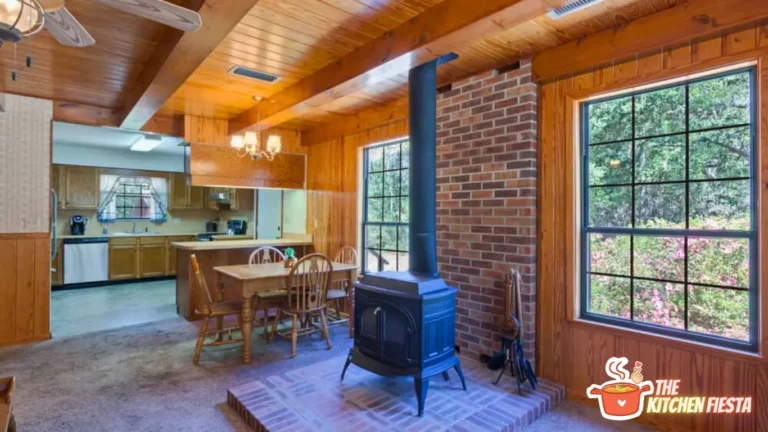What is Low Heat on a Stove? A Beginner’s Guide.
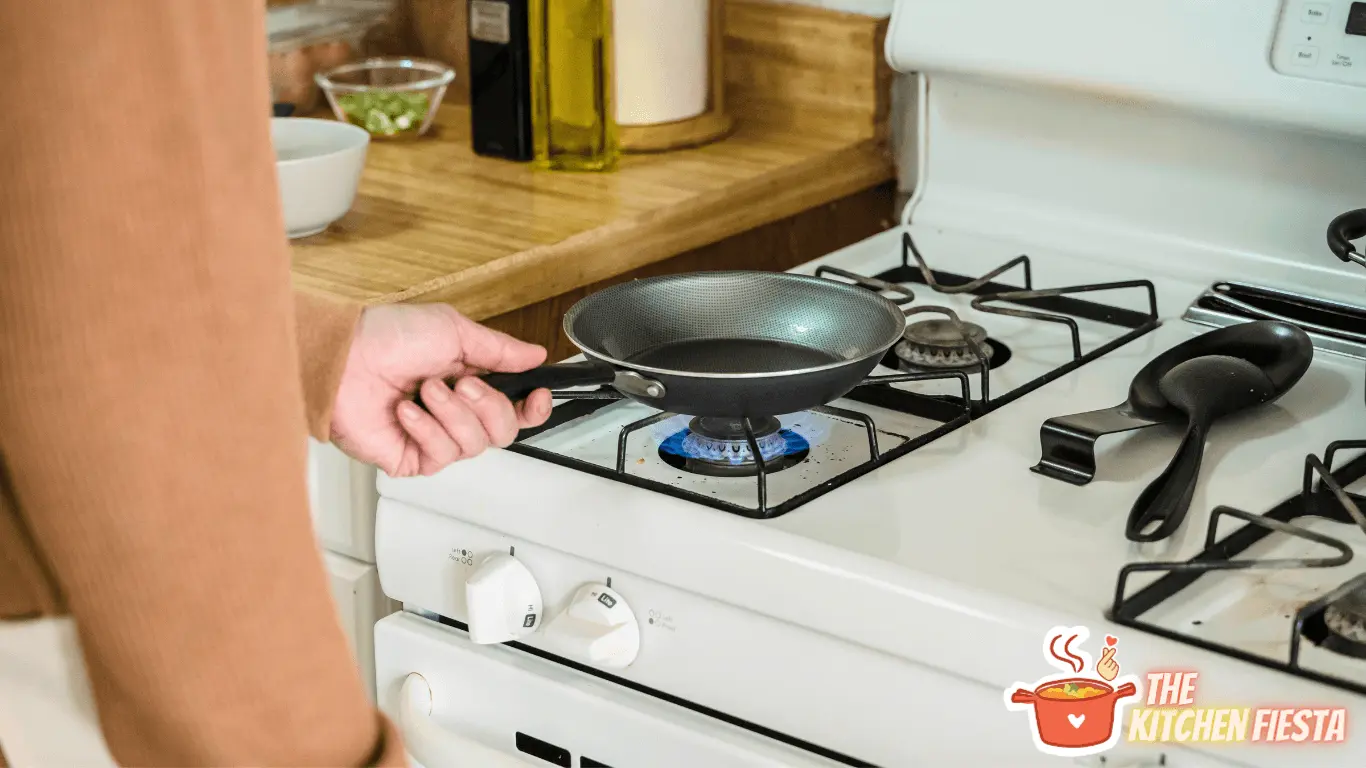
Having a firm grasp of the various heat settings of a stove is paramount. Among these settings, one frequently encountered is the low heat option, primarily employed for tasks such as simmering, melting, delicate heating, and maintaining the warmth of food without risking overcooking or scorching. However, what precisely does low heat entail on a stove? How can one leverage its potential to its advantage within the kitchen? So, What is Low Heat on a Stove?
Low heat is the lowest temperature setting on any given stove. It is typically indicated by numbers 1 and 2 on the stove knob. However, this can vary depending on the make and model of the stove. Low heat is different from turning the stove off completely. Instead, it allows you to maintain a consistent temperature low enough to prevent burning or overcooking but high enough to keep your food warm and continue cooking it slowly.
In this informative piece, we will explore different stove types and their heat generation, discuss the benefits of using low heat for various cooking tasks, debunk common myths, and provide effective tips for utilizing low heat in your kitchen. Understanding low heat on a stove can enhance your cooking skills, whether you’re an experienced chef or a beginner.
Understanding Low Heat on a Stove
What is Low Heat?
When discussing low heat on a stove, we refer to a cooking set that uses a lower temperature than other heat settings, such as medium or high. It is used for simmering, melting, gentle heating, and keeping food warm without overcooking or burning it. Low heat is the lowest temperature setting on any stove, usually indicated by numbers 1 and 2 on the temperature knob.
Why is Low Heat Important?
Low heat is an essential cooking technique that every home cook should master. It is especially useful when cooking delicate foods that require gentle heat, such as custards, sauces, and soups. Low heat also helps preserve food’s nutritional value by preventing the breakdown of vitamins and minerals that can occur at high temperatures. Additionally, cooking on low heat allows flavors to develop more slowly, resulting in richer, more complex dishes.
Types of Stoves That Have Low Heat Settings
Most stoves have a low heat setting, regardless of whether they are gas, electric, or wood-burning. The way that low heat is indicated on the temperature knob can vary depending on the make and model of the stove. For example, some stoves may have a temperature knob from 1 to 9, with the first three numbers indicating low heat. Others may have a temperature knob from 1 to 5, with the first two numbers indicating low heat.
Here is a table summarizing the different types of stoves and their low-heat settings:
Type of Stove
| Type of Stove | Low Heat Setting |
| Gas | Indicated by numbers 1 and 2 on the temperature knob |
| Electric | Indicated by a low heat setting on the temperature knob |
| Wood-Burning | Indicated by controlling the airflow to the fire |
Using low heat settings appropriately can prevent overcooking, preserve nutrients, and develop complex flavors. Whether cooking on a gas, electric, or wood-burning stove, we can always find a low-heat setting that meets our needs.
Related Article:
Using Low Heat on a Stove
How to Use Low Heat on a Stove?
Remember that this setting is used for simmering, melting, gentle heating, and keeping food warm without overcooking or burning it. Turn the knob to the lowest temperature setting on your stove to use low heat. This will vary depending on the stove, so refer to your stove’s manual if you need more clarification.
When using low heat, it is important to be patient. Low heat takes longer to cook food but ensures it is cooked evenly and thoroughly. This is especially important when cooking delicate foods such as eggs or fish.
Tips for Cooking with Low Heat
Here are some tips for cooking with low heat on a stove:
- Use a heavy-bottomed pan: A heavy-bottomed pan will distribute heat evenly and prevent hot spots, which can burn your food.
- Stir frequently: Stirring your food frequently will help prevent it from sticking to the bottom of the pan and burning.
- Add liquid: Adding liquid to your dish will help prevent it from drying out and burning. This is especially important when cooking stews or soups.
- Cover the pan: Covering the pan will help trap moisture and prevent your food from drying out.
- Don’t overcrowd the pan: Overcrowding can cause your food to steam instead of sautéing or browning. This can result in soggy, unappetizing food.
Benefits of Cooking with Low Heat
Cooking with low heat offers several benefits that can improve the quality of your meals and save you money on energy bills.
Health Benefits of Cooking with Low Heat
When you cook with low heat, you can help preserve the nutritional value of your food. High heat can destroy vitamins and minerals in your food, but cooking with low heat can help retain these important nutrients. Low-temperature cooking can help prevent foods from becoming overcooked or burnt, reducing the formation of harmful compounds that can cause cancer.
Energy Efficiency
Cooking with low heat is also more energy-efficient than cooking with high heat. By using low heat, you can reduce the energy needed to cook your meals, saving you money on your energy bills. Cooking with low heat can help reduce the heat lost from your stove, which can help keep your kitchen cooler in the summer.
Cost Savings
Cooking with low heat can also save you money on your food bills. Using low heat, you can cook your meals more slowly, which can help tenderize tough cuts of meat and make your food more flavorful. This means that you can use cheaper cuts of meat and still enjoy delicious, tender meals.
Cooking with low heat can help you save money on your energy bills. Using less energy to cook your meals can reduce your overall energy consumption and save money on your monthly bills.
Bottom Line
The lowest temperature setting on a stove is used for gentle heating, simmering, melting, and keeping food warm without overcooking or burning it. It is an essential setting for cooking various dishes. It is commonly used for slow-cooking soups, stews, and sauces.
Note that low heat is not suitable for all types of cooking. For example, high heat is required for searing meat or stir-frying vegetables. Therefore, it is essential to understand the different heat settings and when to use them.
FAQs: What is Low Heat on a Stove?
What Is The Difference Between Low Heat And Simmering?
Low heat and simmer are often used interchangeably, but they are different. Simmering is a cooking technique that maintains a temperature below boiling point, usually around 180°F to 200°F. On the other hand, low heat refers to the lowest temperature setting on a stove. It’s generally around 150°F to 170°F, which is too low for simmering. Low heat is ideal for keeping food warm or melting ingredients.
How Do I Know If I’m Using Low Heat On My Stove?
Different stoves have different ways of indicating low heat. Some stoves have a specific low heat setting, while others use numbers to indicate the heat level. Generally, low heat is indicated by the number 1 or 2 on the temperature knob. You can tell if you’re using low heat by the rate at which your food is cooking. If cooking takes longer than usual, you’re using low heat.
Can I Use Low Heat For All Types Of Cooking?
Low heat is not suitable for all types of cooking. It’s best used for slow cooking, melting, and keeping food warm. You can use low heat to cook delicate foods like eggs, fish, and sauces. Low heat is not recommended for meats and vegetables as they require higher temperatures to cook properly.
How Can I Adjust The Heat On My Stove?
To adjust the heat on your stove, you can use the temperature knob. If your stove has a specific low heat setting, turn the knob to that setting. If not, turn the knob to the lowest number and adjust it as necessary. You can move the pot or pan to a different burner with a lower or higher heat setting.
What Are Some Tips For Cooking With Low Heat?
Be patient, and do not rush the cooking process. Use a timer to keep track of the cooking time, and avoid opening the lid frequently, as it can release heat and slow down the cooking process. Use a heavy-bottomed pot or pan to distribute heat evenly and prevent burning. Finally, stir the food regularly to prevent sticking and burning.

